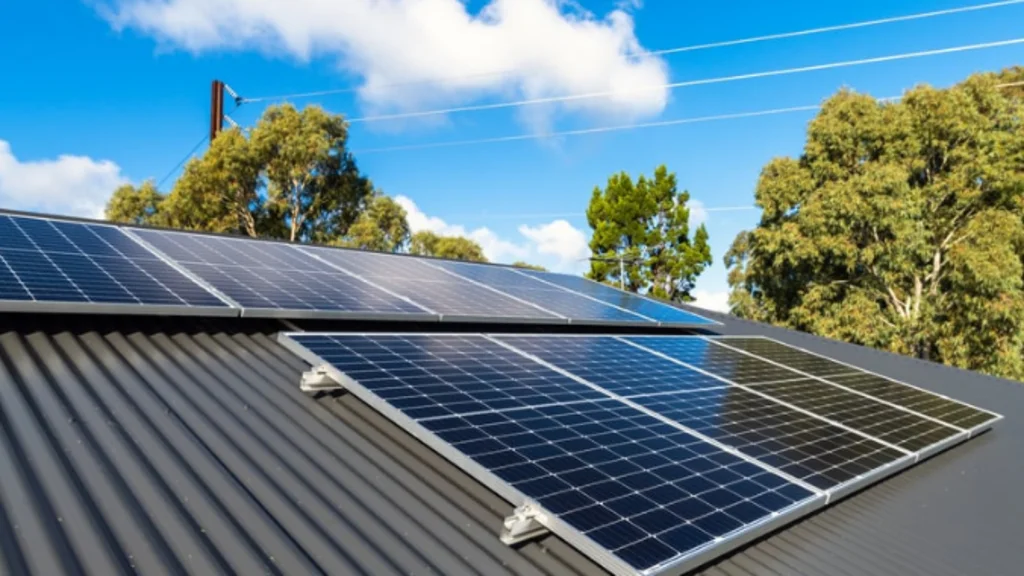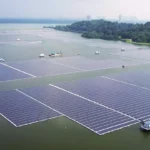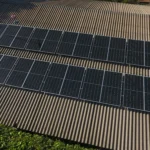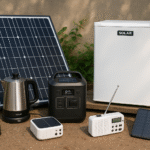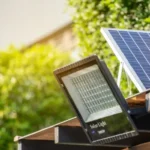A 500 watt solar panel provides a high-output solution for residential, commercial, and off-grid applications. These modules deliver significant power per square meter, reducing the number of panels needed. Fewer panels save installation space, labor, and wiring costs. In this guide, we explore everything you need to know: from selecting the right panel technology and sizing your system to installation best practices, cost considerations, and maintenance. By the end, you’ll understand why a 500 W photovoltaic module might be the perfect choice for your solar project.
Why Choose a 500 Watt Solar Panel?
When designing a solar array, the wattage of each panel is crucial. A high-output module like a 500 watt enables you to generate ample electricity using fewer units. This reduces racking hardware, streamlines wiring runs, and cuts labor costs. Moreover, modern 500 W panels employ advanced cell technologies—such as monocrystalline, polycrystalline, or bifacial—offering superior efficiency and performance even under partial shade or low-light conditions. Ultimately, these modules optimize roof space and deliver faster return on investment.
Types of 500 Watt Solar Panels
Not all 500 W panels share the exact attributes. Each technology offers distinct advantages and trade-offs in cost, efficiency, and performance. Below, we outline the main categories.
A 500 W monocrystalline module uses single-crystal silicon, delivering high efficiency, often above 21%. These best pv panels perform well under moderate shading and produce a sleek black appearance. Conversely, polycrystalline 500 W panels employ multiple silicon fragments, making them more cost-effective but slightly less efficient (around 18–20%).
They exhibit a bluish hue and are suitable for larger arrays where space is not constrained. Bifacial 500 W panels feature cells that capture sunlight from both sides. When installed over reflective surfaces—such as white membranes, gravel, or metallic decks—they can yield 5–15% more energy. Bifacial modules often come with transparent backsheets or dual glass layers.

How to Size a System with a 500 Watt Panel
Correctly sizing your solar array ensures you meet energy demands without overspending. Begin by calculating daily consumption and potential solar yield.
To start, tally all electrical loads (kWh/day) you intend to run. For example, a home requiring 9 kWh/day, combined with an average of 5 peak sun hours, necessitates at least two 500 W panels (500 W × 5 h = 2.5 kWh/panel; 9 kWh ÷ 2.5 = 3.6 panels, rounded to four). Next, factor in system losses (inverter inefficiency, wiring drop, soiling). A typical derate factor of 0.8–0.85 accounts for these losses.
Multiply your raw generation estimate by this factor to determine panel count. Finally, consider battery autonomy if you are operating off the grid. For a 12 V battery bank storing two days’ worth of energy (e.g., 18 kWh total), a 500 W panel charging at 50 A in peak sun would replenish a 12v solare panel, 200 Ah battery (2.4 kWh usable) in roughly five hours of sun. Adjust based on the desired days of backup.
Installation Considerations
Installing a 500 watt solar panel involves several key decisions: mounting type, wiring layout, and electrical safety. Proper planning ensures long-term performance and compliance with local codes.
Before mounting, perform a site assessment to identify shading at various times of day and throughout the year. Use a solar pathfinder or smartphone app to map exposure. Optimal tilt equals your latitude for year-round performance; adjust to a steeper angle in winter-heavy regions. Ensure your roof or mounting structure can bear the weight of the panels (around 22–26 kg each plus racking).
Ground-mount options require stable footings and proper anchoring to withstand wind loads. Select racking hardware rated for local snow and wind conditions. Standardized frame dimensions (approx. 2 m × 1 m for 500 W modules) allow easy compatibility with most rail systems. For flat roofs, ballasted systems or low-profile penetrative mounts ensure a secure installation without membrane damage (if permitted by code).
Rack Assembly and Panel Placement
First, install rails parallel to roof rafters, maintaining manufacturer-specified spacing. Ensure rails sit level and flush with roof anchors or standoffs. Next, place panels onto rails, aligning the frame edges. Use mid and end clamps to secure each panel, tightening to the recommended torque values. Leave a 5–10 mm gap between adjacent panels to accommodate thermal expansion. For ground mounts, dig footings or drive ground screws as specified. Attach the posts and crossbeams, then mount the panels. Leveling panels at installation prevents alignment issues and water pooling.
Wiring and Combiner Boxes
Because you use fewer panels, string length and wiring complexity decrease, for a 6 kW system (twelve 500 W panels), create two strings of six panels in series. If each panel has a Vmp of 40 V, a string voltage of 240 V is achieved. Ensure your inverter or charge controller accepts this input voltage (e.g., a 300 V MPPT range). Use PV-rated wire (e.g., 10 AWG or 8 AWG, depending on string current) with MC4 connectors for weatherproof connections.
Run positive and negative leads from each string into a combiner box, equipped with the appropriate inline fuses. From the combiner, route a single DC feed to your inverter or charge controller. Install a DC disconnect switch near the inverter to comply with safety codes. Bond all metal frames and racking to a grounding system using #8 AWG copper wire to minimize the risk of arc faults.
Inverter and Charge Controller Selection
If grid-tied, choose an inverter that is slightly oversized relative to the array capacity. For a 6 kW array, an inverter with a capacity of 6.5 kW or 7 kW runs closer to peak efficiency. For off-grid or battery-backed systems, select an MPPT charge controller sized for your array’s maximum power current. For example, a 60 A MPPT is suitable for two parallel strings of 500 W panels if each panel produces 10 A at peak power. MPPT controllers optimize voltage and current to charge batteries more efficiently than PWM controllers.
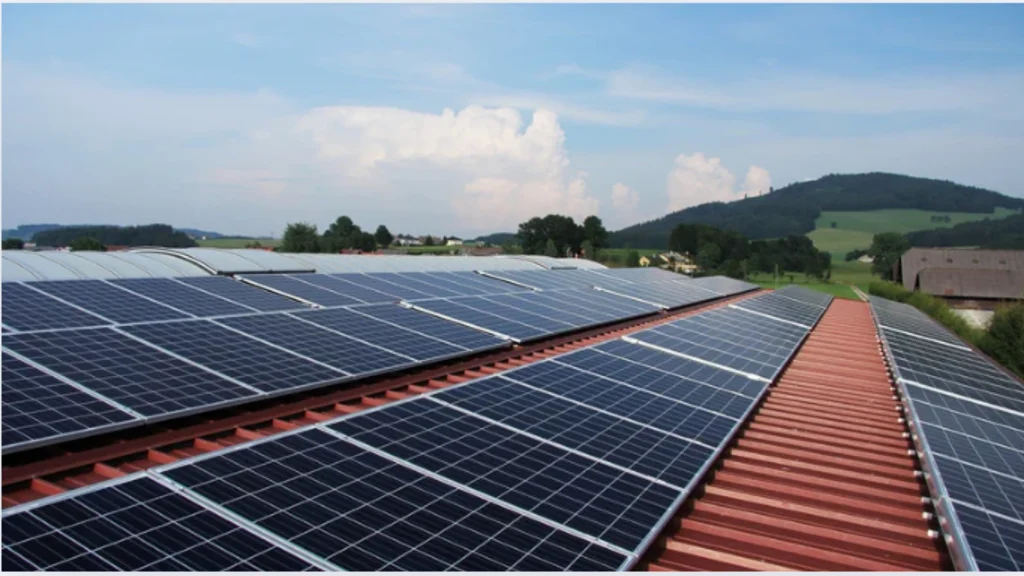
Cost Analysis
Understanding the 500 watt solar panel price helps in budgeting your project. Costs vary depending on the technology, brand, and whether a bulk purchase discount is applied. Below is a general breakdown:
| Panel Type | Wattage | Price Range (USD) |
|---|---|---|
| Monocrystalline 500W Panel (Tier 1) | 500 W | $200 – $300 |
| Polycrystalline 500W Panel | 500 W | $160 – $230 |
| Bifacial Monocrystalline 500W Panel | 500 W | $250 – $350 |
| 500W Solar Panel Kit (Panel + Controller) | 500 W | $450 – $650 |
A single 500W monocrystalline (Tier 1) panel typically costs between $200 and $300. Polycrystalline variants are slightly less expensive, ranging from $160 to $230 per panel. Bifacial options, which collect sunlight from both the front and rear, command a premium of $250 to $350. Purchasing a 500 W solar kit (panel plus a compatible MPPT controller) can range from $450 to $650, offering convenience and often a slight discount compared to separate purchases. Beyond panels, factor in:
- Racking hardware: $150–$300 for a 6 kW installation
- Wiring, combiner boxes, and disconnects: $100–$200
- Inverter or MPPT charge controller: $800–$1,200
- Professional installation labor: $0.50–$1.00 per watt (varies by region)
With these elements combined, a complete 6 kW system using twelve 500 W panels may total $7,000–$8,500 before incentives.
Comparing 500W vs. Lower-Wattage Panels
While 500 watt solar panels excel in high output per module, there are scenarios where 300 W or 400 W modules remain viable.
Higher-wattage panels deliver more power per unit area, minimizing roof footprint. However, smaller panels can fit irregular spaces more easily. Depending on your roof shape and shading patterns, mixing panel sizes may optimize coverage. The cost per watt can be slightly lower for 500 W modules due to manufacturing efficiencies; however, always compare local pricing and availability. Battery-based systems or microinverter setups may influence your panel choice—for instance, microinverters that handle 300–350 W require different pairing strategies when using a 500 W panel.
Maintenance and Care
A 500 watt solar panel demands minimal upkeep, but routine maintenance ensures peak performance and longevity. Dust, pollen, and bird droppings can reduce output by up to 10%. Therefore, schedule cleaning every six months or as needed in areas with high dust or pollen levels. Use a soft-bristle solar panel cleaning brush and mild, biodegradable detergent to avoid scratching the glass. Rinse with low-pressure water to remove residue. Avoid harsh chemicals that may damage coatings.
Inspect panels quarterly for physical damage such as cracks, delamination, or corrosion at junction boxes. Use a thermal imaging camera to detect hot spots indicative of cell damage. Annually, test open-circuit voltage (Voc) at midday to verify each string’s health. Compare readings against expected Voc at current temperatures.
Check mounting hardware and roof penetrations annually. Ensure all bolts and clamps remain tight. Inspect rails and brackets for rust or deformation, and reapply sealant to flashings as needed. Maintaining proper tilt and panel orientation prevents debris accumulation and allows rainwater to naturally wash away light soiling.
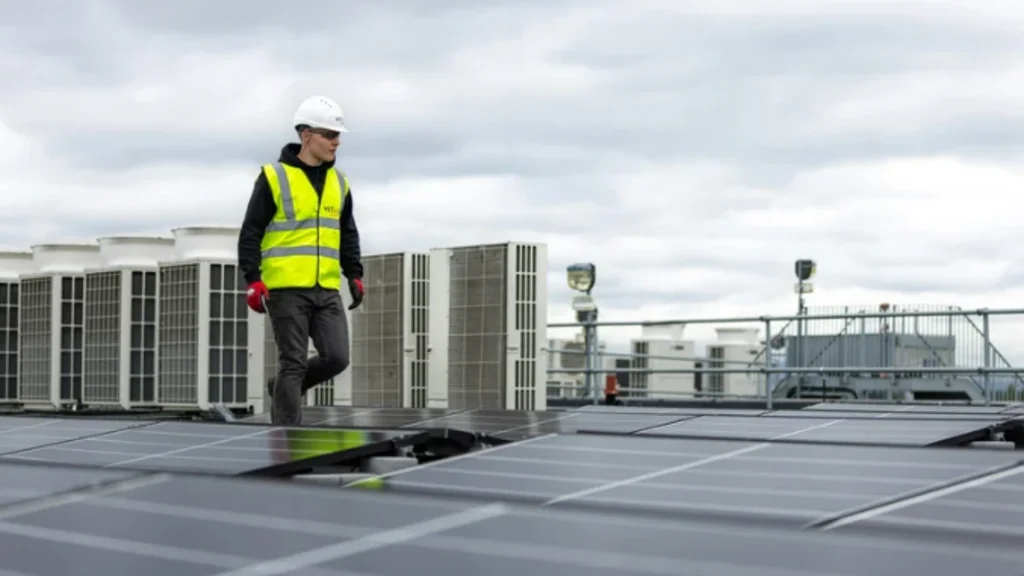
Troubleshooting Common Issues
Even the best 500 watt solar panel systems sometimes underperform. Identifying and correcting issues early maintains energy production and system health.
If generation falls below expectations, first verify shading. Even partial shade on a single 500 W panel can drastically reduce the string output. Trim or remove shading sources such as branches or nearby obstructions. Next, inspect wiring connections. Loose or corroded MC4 connectors introduce resistance. Tighten connections and replace corroded components. Check for panel soiling and clean any accumulated debris.
Hot spots or micro-cracks often stem from hail or physical impacts. Use thermal imaging to identify overheating cells. Replace damaged modules to prevent further cascade failure. For inverter-related issues, reference the manual for error codes. Common faults include over-voltage (cold panel temperature increases Voc) and ground faults. Confirm that the DC input voltage does not exceed the inverter’s maximum at the lowest expected ambient temperature. Testing the inverter’s DC Open-Circuit Voltage against panel specifications can help identify over-voltage concerns.
Applications and Use Cases
A 500 W solar panel’s high output and compact footprint make it ideal for various scenarios. In residential rooftops, homeowners with limited space can install fewer panels to achieve their desired capacity. For example, a 3 kW system might use six 500 W panels and fit neatly on a 12 m² section. This optimized layout reduces shading losses and simplifies wiring. In commercial or industrial installations, large flat roofs or carports benefit from high-capacity modules. Fewer modules mean fewer mounting points and less labor, which accelerates project timelines and lowers overall costs.
Off-grid cabins and tiny homes rely on efficient charging to maintain battery banks. A single 500 W panel, paired with a 30 A MPPT controller, can keep a 24 V battery bank topped off even in marginal sunlight. In remote telecom or weather stations, reliability and minimal maintenance are critical. A robust 500 W panel ensures consistent power for data transmission equipment, minimizing downtime.
Solar farms and utility projects also leverage 500 W modules to maximize land use efficiency. By deploying bifacial 500W panels over reflective surfaces, farms can increase yields by 5–15%. Mobile applications—such as RVs, boats, or camper vans—benefit from lightweight, high-output panels that fit available roof space. When combined with a DC–DC MPPT charger and a suitable battery bank, these modules extend off-grid living capabilities without compromising on power.

Financial Analysis and ROI
Investing in a 500 watt solar panel system offers compelling financial returns over the long term. Consider a 6 kW installation using twelve 500 W modules at $250 each: $3,000 for panels. Add $500 for racking, $1,000 for an inverter, $500 for wiring and permitting, and $3,000–$4,000 for labor, totaling $8,000–$9,000 before incentives.
In the United States, the federal Investment Tax Credit (ITC) covers 26% of system costs through 2022, dropping to 22% in 2023. Additional state and utility rebates can reduce net costs by an extra 10–20%. Assuming a $9,000 system cost and a 26% tax credit, your out-of-pocket expense may be reduced to approximately $6,660.
If your 6 kW array produces 9,000 kWh per year and your electricity rate is $0.13/kWh, your annual savings reach $1,170. At a net cost of $6,660, payback occurs in approximately 5–6 years. With a typical 25-year warranty guaranteeing at least 80% output at year 25, you enjoy roughly 19 years of net free electricity, generating over $20,000 in lifetime savings. For commercial rates or higher usage, payback times can be even shorter. Leasing or financing options can further accelerate ROI by spreading costs while capturing immediate savings.
Maintenance and Extended Performance
Maintaining a 500 watt solar panel ensures sustained performance and extends its lifespan. Schedule cleaning every six months or quarterly in dusty climates. Use a soft-bristle brush, mild soap, and low-pressure water. Inspect panels visually for cracks, delamination, and corrosion at junction boxes. Monitor system performance via the inverter’s display or an online portal; sudden production drops may indicate issues such as shading or electrical faults.
Once a year, verify the integrity of mounting hardware: tighten loose bolts, inspect flashing seals, and reapply sealant as needed. Trim any vegetation that may cast new shadows to avoid them. Consider applying an anti-reflective coating or nano-coating designed for solar panels to reduce dust adhesion and boost output. This can increase production by up to 2–3% annually, offsetting coating costs throughout the system’s life.
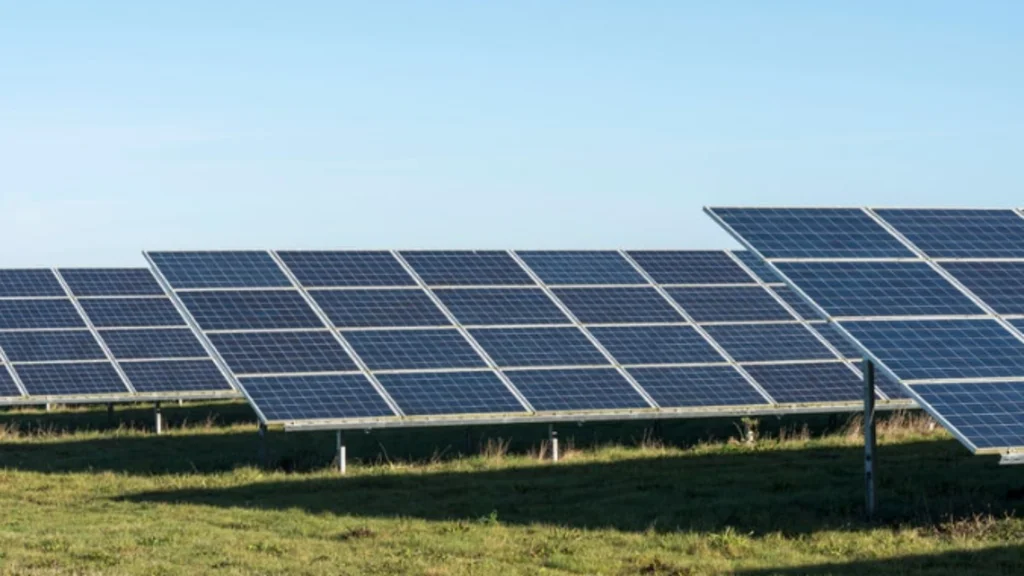
Frequently Asked Questions
- Can I connect two 500 W panels in series or parallel?
Yes. Wiring panels in series increases the voltage to match the inverter or MPPT input requirements. For instance, two panels in series yield roughly 80 V at maximum power. Parallel configurations increase the current for battery charging. Always ensure your electronics can handle combined voltage or current.
- Do 500 W panels work well in cold climates?
Absolutely. Lower temperatures raise voltage output, improving efficiency. Clear snow and ice promptly to avoid shading and weight stress.
- Are 500 W panels compatible with microinverters?
Most microinverters handle an input of 300–350 W. To use a 500 W panel, you may need dual-input microinverters (two inverters per panel) or opt for string inverters or MPPT charge controllers instead.
- What is the typical lifespan of a 500 W solar panel?
High-quality 500 W monocrystalline modules carry 25- to 30-year performance warranties, guaranteeing at least 80% output at year 25. With proper maintenance, physical lifespan often exceeds 30 years.
- How do I know if my area needs more frequent cleaning?
Monitor inverter production data. A sudden performance drop of more than 5% on sunny days indicates panels need cleaning. Regions with heavy dust, pollen, or nearby agricultural activity may require quarterly maintenance.
Ready to Get Started?
A 500 watt solar panel offers exceptional power density and efficiency for various applications. Whether you’re installing on a compact residential rooftop, powering an off-grid cabin, or building a large commercial array, high-wattage modules maximize energy production and minimize balance-of-system costs. By selecting the right technology—monocrystalline, polycrystalline, or bifacial—you can tailor your system to suit your budget, space constraints, and desired efficiency. Follow best practices for site assessment, installation, and maintenance to ensure a reliable, long-lasting solar setup. Explore top 500 W panels from reputable manufacturers and start your journey toward energy independence and cost savings today.

